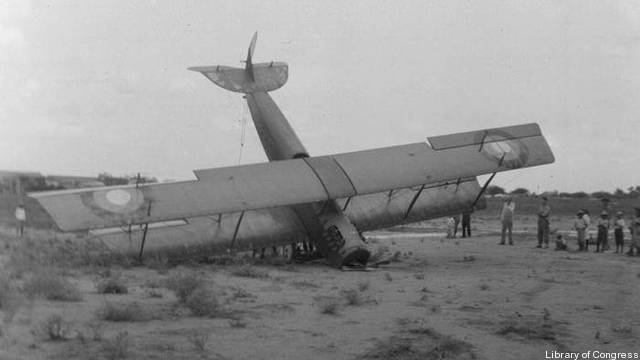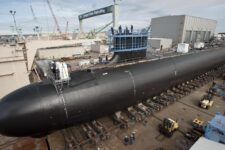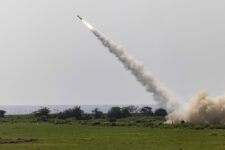
WASHINGTON: While anxiety over sequestration dominated yesterday’s annual meeting dominated of the Aerospace Industries Association, its member companies actually did pretty well in 2012.
Civil aircraft sales, up 14 percent since 2011, and arms exports, up 12 percent, grew faster than Pentagon spending declined, which was just 3.4 percent. Overall, aerospace and defense profits are up slightly even though manufacturing sector profits in general are down.
That’s great news for AIA’s members — but it may make it harder for AIA to drum up sympathy for the plight of defense companies facing steep cuts. And the otherwise rosy economic data comes with one ugly detail that undermines a key aspect of AIA’s stop-sequestration argument: The industry didn’t create many jobs.
The aerospace and defense sector’s estimated 3.4 percent increase in sales since 2011 dwarfs its 0.64 percent increase in employment. That undermines AIA’s oft-repeated argument that January’s automatic cuts to federal spending would endanger two million jobs, half of them from defense cuts alone.
“The Aerospace Industries Association has been grossly exaggerating the job losses that are likely to occur,” said William Hartung of the dovish Center for International Policy. “Job losses under sequestration are likely to be one-third to one-half the levels claimed by the industry.” Compared dollar-by-dollar and job-by-job to other forms of federal spending, such as education or infrastructure, he said, “military spending is a particularly poor job creator.”
Even those who’d love to slash defense spending say that sequestration is a staggeringly stupid way to do it. The AIA itself has emphasized national security impacts and downplayed the jobs argument a little of late, with AIA president Marion Blakey (a sometime AOL contributor) herself saying yesterday that “we do not look at the DoD budget as a jobs program.” But she said this standing in front of AIA’s now iconic clock counting down the days (26 left now) to sequestration destroying (in red) “two million American jobs lost.”
Defense analyst, consultant, and Breaking Defense contributor Loren Thompson cautioned against crude comparisons of 2012 job growth to 2012 sales. “Long lead times associated with appropriating and spending money for weapons programs mean that it may take years before softening demand shows up in bottom lines,” he said. In fact, he added “defense companies often are highly profitable in the early stages of a downturn, because they are working off backlog and there is less need to invest.” So it’s quite possible that this year’s anemic job growth simply reflects companies bracing for the inevitable downturn in orders to come.
AIA’s 2013 forecast predicts that civil aviation and arms exports will continue to grow faster than US defense spending declines — but that’s assuming sequestration won’t happen, and that there won’t be drastic defense cuts as part of a deal to avert it. Neither is likely. And, warned Capital Alpha analyst Byron Callan, “if a US recession is triggered, then civil sales should drop too.”
At least for now, however, the aerospace and defense industry is looking good.
Swedish Gripen jets don’t ‘make sense’ for Ukraine yet, Dutch defense chief says
Chief of Defence of the Netherlands Gen. Onno Eichelsheim told Breaking Defense that F-16s are already in play and that Ukraine doesn’t have the pilots to man new, complex systems.
























![E-2D_AR_1[1]](https://breakingdefense.com/wp-content/uploads/sites/3/2024/10/E-2D_AR_11-350x233.png)
